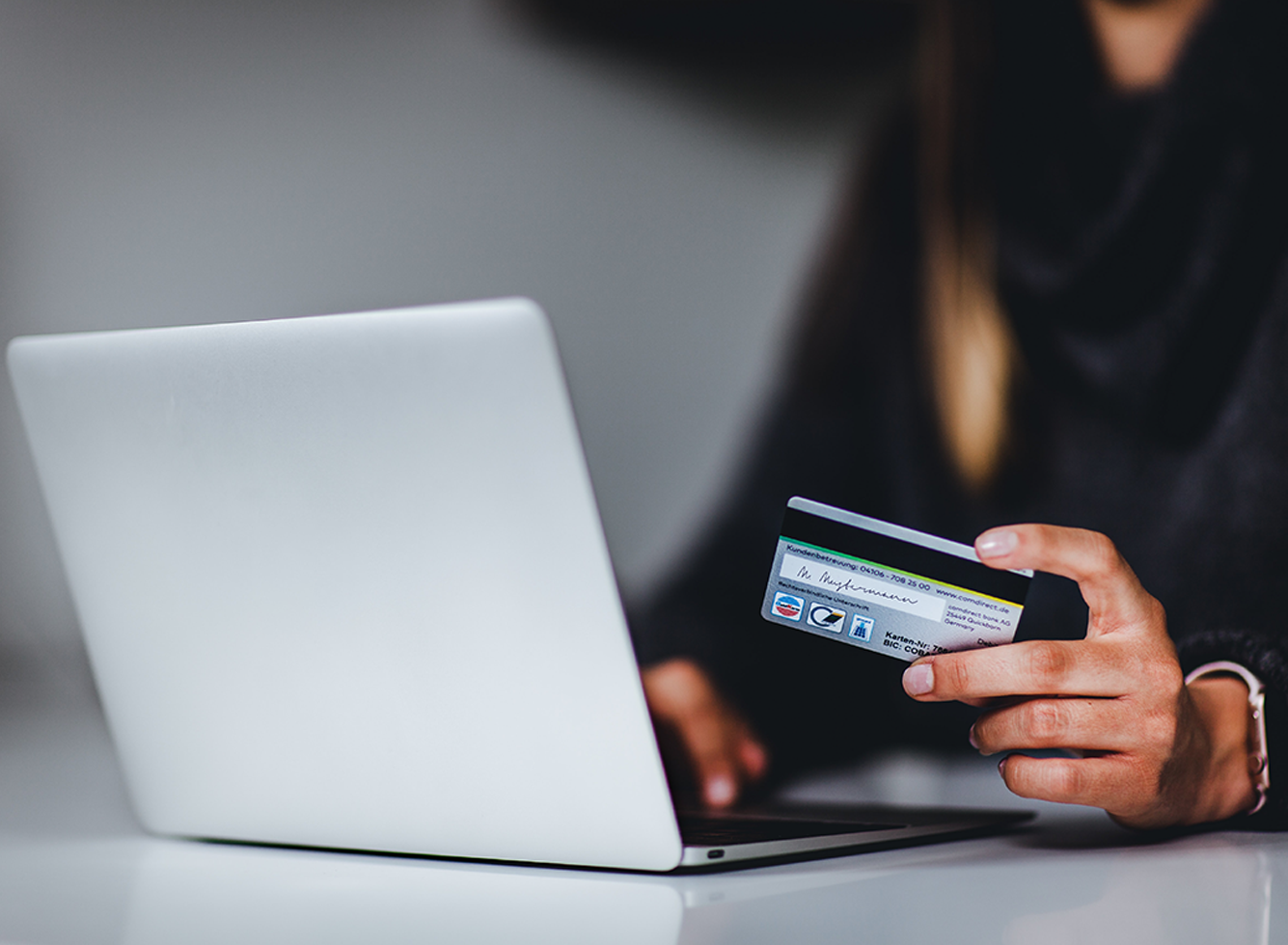Top 3 Emerging Payment Trends in the UK 2021

One of the most common and overlooked pitfalls that online retailers make when expanding their cross-border trade is neglecting payment methods. Even if you take into account and localise product translations and descriptions, offer customer service in the local language and allow shoppers to view products (and pay in) their own currency, payment methods are sometimes left unnoticed. This is because it is very easy to assume that consumers will pay directly using one of the major credit cards, however this is not always the case. To expand your business globally successfully, it is crucial to take into consideration the cultural preferences of your consumers, which will often vary country by country.
Regarding the UK specifically, the COVID-19 pandemic has undoubtedly changed the payment preferences of British consumers. A recent article revealed that “contactless card spending will account for almost half of all transactions made in the UK by the end of next year as the pandemic has ‘forever changed the way consumers spend their money’.” Therefore, contactless is surely a payment method that is leading in the country, but there are others that are becoming more and more popular, for example ‘Buy Now Pay Later’. This article will explore the top three payment trends in the United Kingdom to help foreign brands and retailers understand the preferences of local consumers and the digital opportunities available.
To begin with, one of the most recent payment trends is that of “buy now, pay later”, which is a model where customers can purchase an item and then pay for it at a later date, whether that be in regular installments or a lump sum after a certain period of time.
One example of this is PayPal’s “Pay in 3”, which enables shoppers to buy an item through three interest-free payments, spreading out the cost. Since businesses pay no additional costs for offering this service, it helps you increase your revenue without increasing your marketing budget. According to an online study commissioned by PayPal involving 2000 UK consumers, “57% of consumers are more likely to make a purchase at a retailer offering interest-free payment options”. Therefore, it is clear to see the value on offer here given that Pay in 3 is included in the PayPal Checkout tool with no extra cost to you as a seller.
Additionally, aside from the interest-free Pay in 3 model, PayPal also offers the option to use PayPal Credit for larger purchases. Therefore, aside from seeing an increase in the likelihood of shoppers making a purchase, they have also observed an increase in the average order value (AOV). According to PayPal, “businesses in the US that use PayPal Credit messaging to explain that a customer can pay over time saw a 56% increase in overall PayPal AOV”.
A second example of a buy now, pay later model is that offered by Klarna. Similarly, Klarna partners with retailers in order to provide payment options to shoppers which are more flexible than traditional methods. With Klarna, consumers can also spread the cost of their goods into 3 interest-free installments, or alternatively pay in 30 days. With this payment method, both you and the customer benefit; you get paid upfront in full while your customers have more purchasing power as they have the option to pay later or over time. This means they can buy more expensive items that they wouldn’t have been able to otherwise, increasing your AOV.
Another really interesting payment trend that is on the rise is allowing consumers to make purchases with various different cryptocurrencies. Cryptocurrency is a digital currency which is secured by cryptography, making it virtually impossible to counterfeit. Many cryptocurrencies run on decentralised networks which are based on blockchain technology. One of the unique features of cryptocurrencies is that they are theoretically immune to government interference as they are generally not issued by any central authority.
Recently, use of cryptocurrencies (or crypto for short) has been on the rise as a valid payment method accepted by various businesses. This is due to them offering many unique benefits that you cannot get when compared with typical transactions conducted in fiat currencies, such as lower transaction fees and faster processing. In addition, crypto transactions are particularly useful for international transfers, meaning they can help facilitate your cross-border global expansion.
One example of a way in which merchants can get involved is through a company like Utrust. Utrust is a seamless integration which gives ecommerce businesses the ability to accept digital currencies – taking advantage of all the benefits mentioned which you can’t access with traditional payment methods. Utrust facilitates faster growth for many global companies worldwide, powering businesses in over 180 countries across almost every industry. Therefore, you can reach a much wider audience by accepting crypto payments in more than 30 currencies, yet be paid in fiat, all with access to a network with lower fees, less fraud risk and faster transactions.
Finally, another very exciting trend in a technological sense that is both already here and also has many possibilities on the horizon is that of smart devices. Smart devices are electronic gadgets that typically connect to other devices or networks and can to some extent operate interactively and autonomously. Take Amazon’s Alexa, for example – or smart doorbells such as the Ring video doorbell.
So, what does this have to do with payments? Well, many smart devices already have the capabilities that allow customers to make online purchases. For example, you can use Alexa to add items to your Amazon basket and checkout with your voice. In addition, the device offers multiple methods that encourage shoppers to buy, including a feature where you can ask directly about what deals there are. There is also the possibility of Alexa suggesting items to you based on your Amazon order history, which can help to restock essential items that you order regularly.
There are, however, some technological developments that are taking this a step further. For example, there are already smart refrigerators on the market today (such as one created by Samsung) that can tell if you are running low on food products and automatically place orders to restock the fridge.
As you can imagine, the convenience of making payments with these devices – even automatically in some cases – could lead to a massive opportunity for retailers. In fact, a study by Juniper Research found that the “total transaction value of smart home payments, payments that occur via smart home devices, will exceed $164 billion in 2025, from $22 billion in 2020.” This massive growth will largely be driven by rising user and merchant acceptance – so this is certainly an area that you should explore getting into to grow your ecommerce business.
Although there are a lot of different payment trends breaking on the horizon, they all have one thing in common – they are all digital. There is no doubt that digital is the way forward, and one of the leading ways to get involved with selling digitally is through marketplaces. Get in touch with Arcade to talk about how we can help power your marketplace strategy and help you be part of the digital revolution.
Feel free to get in touch with us at: https://www.arcade.global/contact-us/.


